
03 9457 4755













Smiths Gauges
Smiths Instruments
smiths instruments
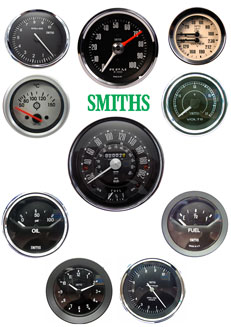
Smiths style is timeless.
We have the best range of new Smiths Instruments in stock in Australia.
We restore many Smiths and Jaeger Instruments going back to Edwardian Vehicles.

| Category Catalogues | |
| Accessories | GO |
| Cobra & GT40 | GO |
| Classic Black & Magnolia | GO |
| Dual Gauges | GO |
| Flight & International | GO |
| Jaguar | GO |
| Landrover | GO |
| Lotus, MG & Triumph | GO |
| Mini | GO |
| Motorcycle & Chronoelectric | GO |
| Motorsport | GO |
| Porsche & VW | GO |
|
Full Catalogue Slow to Download |
GO |
|
Our New Smiths Website www.smithsinstruments.com.au |
GO |






chronoelectric

For those of you that cannot apply an original chronometric to your vehicle these Chronoelectric Tachometers offer an affordable alternative.
range










Gauges General Specifications
Operating temp range -20°C to +70°C
Speedometers and Rev Counters, available to fit 80mm and 100mm diameter apertures, minor gauges fit 52mm apertures
Mechanical Speedometers - Calibration and Connection
Mph speedos set at 1000 cable revs per mile, Km/h speedos set at 625 cable revs per km. 80mm diameter variants feature SAE cable connection and remote trip reset, 100mm diameter variants feature SAE cable connection front trip reset.
Indicated speed tolerance 0% to +5%
Speedometers, electronic specification
Negative earth vehicles only, 12 volts operation, calibration fully programmable up to 125,000 pulses per mile or kilometre.
Factory calibration 8380 pulses per mile or kilometre
Power consumption less than 100mA, compatible with all types of electronic senders. Indicated speed tolerance 0% to +5%, Odometer tolerance +/-2%, Odometer - up to 999999 miles/km, Trip up to 999.9 miles/km
Tachometers (all are electronic) Calibration: Petrol engines 1 to 12 cylinders
Diesel engines alternator driven from 8 to 29 pulses per engine rev
Red 'max hand' pointer, adjustable via screw positioned in centre of instrument window. Negative earth vehicles only, 12 volts operation, Operating power consumption less than 75mA, Tolerance +/-3% of full scale
Input signal options conventional ignition coil, ecu output (square wave and open-collector), camshaft senders, alternator 'W' terminal, etc.
Minor gauges
Mechanical: Oil pressure, 100psi full scale, available in 70 degree sweep and 270 degree sweep. Connection 1/8" gas pip end
Water temp: 40 to 140 deg C, 270 deg sweep, 78" capillary length, 'K' type bulb, 3/8" BSP female thread, supplied with 5/8"UNF adaptor Oil temp: 40 to 140 deg C, 'K' type bulb, 3/8" BSP female thread, supplied with 5/8"UNF adaptor
Electrical: - Ammeter, directly driven with full current. 2 off 9.5mm spade terminals. +/-50 amps. Lucas or plain shroud.
Voltmeter, 2 off rear terminals, connected to ground and switched ignition
Clock: 2 off rear terminals, connected to ground and permanent battery
Oil Pressure, 100psi full scale, directly driven from switched ignition. 3 terminal, 70 deg movement. 300 to 30 ohms characteristic.
Fuel Contents: choice of two types: original bimetal gauge 2 terminal, driven from 10 volt regulated supply, 240/67/20 ohms characteristic alternative air cored gauge 3 terminal, driven directly from 12 volt supply, same resistance characteristic as original gauges
Coolant Temp, 50 to 140 deg C, driven from 10 volt regulated supply
Oil Temp, 50 to 140 deg C, driven from 10 volt regulated supply
Voltage regulator 10 volt output. Semiconductor type, required for fuel and temp gauges.
Senders:
All senders available to suit the above electrical gauges, Fuel sender, top and side mount, 6 hole. Coolant/oil temp sender, earth return, 1/8"X 27NPT, Oil pressure sender, resistive, earth return, 1/8"X 27NPT
History
If you've ever driven a British car made before the 1970s, there's a good chance that you've stared at a set of Smiths gauges. The U.K.-based company supplied speedometers, tachometers and various other gauges for the instrument panels of Austin Healey, MG, Jaguar, Rolls-Royce and just about every other British-based automobile manufacturer.
Founded in London in 1851 by Samuel Smith as S. Smith and Son, the concern got its start making watches and clocks as well as selling jewellery and precious stones. Success allowed them to expand to a larger location and open additional shops in the 1870s when Samuel Smith, Jr. took over. Their reputation had grown near the end of the 19th century such that they advertised as "Watchmakers to the Admiralty and the Royal Observatories." But it was with the dawn of the automobile that Smiths really came into their own.
Although some sources indicate that Smiths built the first odometer in the U.K. in 1900, known as a "mileometer," they didn't start into speedometers until a few years later. This part of the business rapidly grew to become the primary concern and a new publicly traded company was established in 1914: S. Smith and Sons (Motor Accessories) Ltd, with the third generation Allan Gordon Smith as its director and also a patent holder of an early speedometer. As the automotive business took off, so, too, did the aviation business with World War I, a time when the firm supplied aircraft instrumentation, in addition to other products essential to the first mechanized war.
Throughout the decade following the war, Smiths' gauge business flourished, as did other facets of their automobile supply business. They purchased M.L. Magneto in 1919 and K.L.G. Sparking Plugs in 1927, the same year they acquired the rights to produce Jaeger instrumentation for the British market under license. British Jaeger gauges are essentially re-branded Smiths gauges. But in 1930, Smiths sold off all of their businesses related to lighting, starting and ignition, including M.L. Magneto, to Lucas, and the two companies agreed not to manufacture products that the other already had an established foothold in. It's hard to believe such a deal would pass antitrust muster today. If you've ever wondered why a car full of Smiths gauges typically had a Lucas ammeter, it's because Smiths left that business to Lucas.
With the Second World War, Smiths continued to prosper. In 1939, the fourth generation director, Ralph Gordon Smith, presciently opened a factory in Cheltenham, some 100 miles west of London, fearing exposure to bombing at their main plant, which was partially damaged during the Battle of Britain in 1940. During the war, Smiths re-organized once again, this time changing the company name to S. Smith and Sons (England) Ltd, with four divisions: Motor Accessories, Industrial Instruments, Aircraft Instruments and English Clocks. By the 1960s, with an additional marine division, Smiths automotive division was making spark plugs, car radios and entire instrument panels, and the name changed to Smiths Industries.
As with many facets of British industry in the 1970s, the automobile business took a beating, and by 1984, Smiths sold off the motoring division to Lucas, who in turn flipped it to another company before VDO acquired it some years later. The German gauge maker, having acquired a rival, decided to do away with the wholly owned division and shut down the Welsh factory. The local management team acquired the operations and formed Caerbont Automotive Instruments which continues to engineer and manufacture Smiths gauges in Wales.
Feature Article from Hemming’s Sports & Exotic Car
June, 2012 - Terry Shea
Porsche Metric Dial
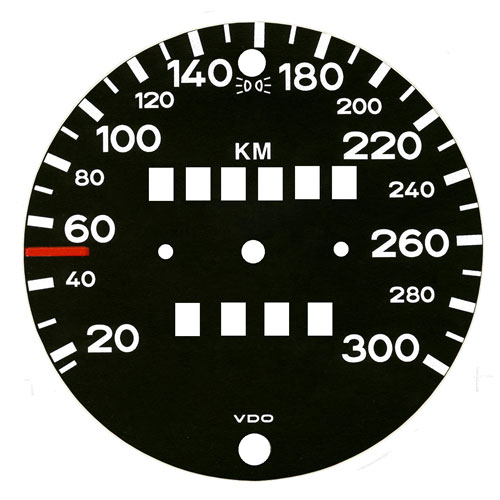 We now have metric dials and odometer gears for most Porsche Speedo's up to the late 1980's.
We now have metric dials and odometer gears for most Porsche Speedo's up to the late 1980's.
Tacho Upgrades
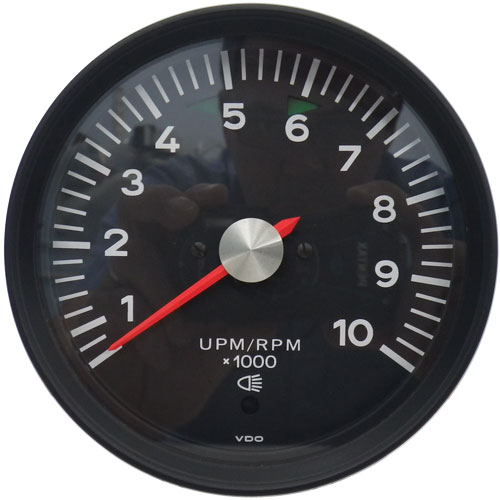
Changed your 60-70's car to electronic ignition?
We can help make your tacho work again.

 View Cart
View Cart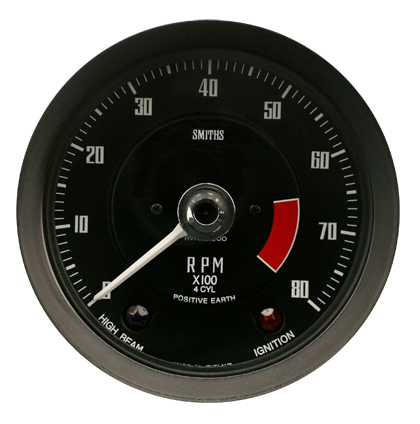
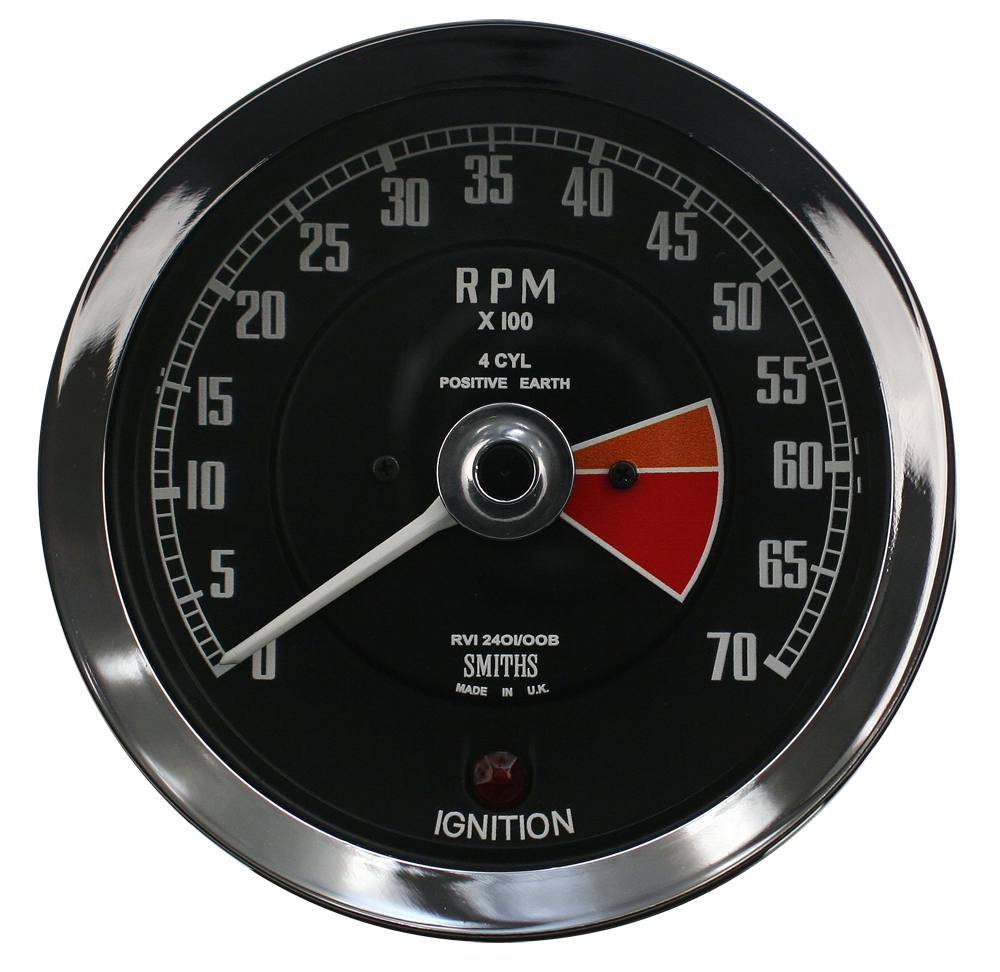
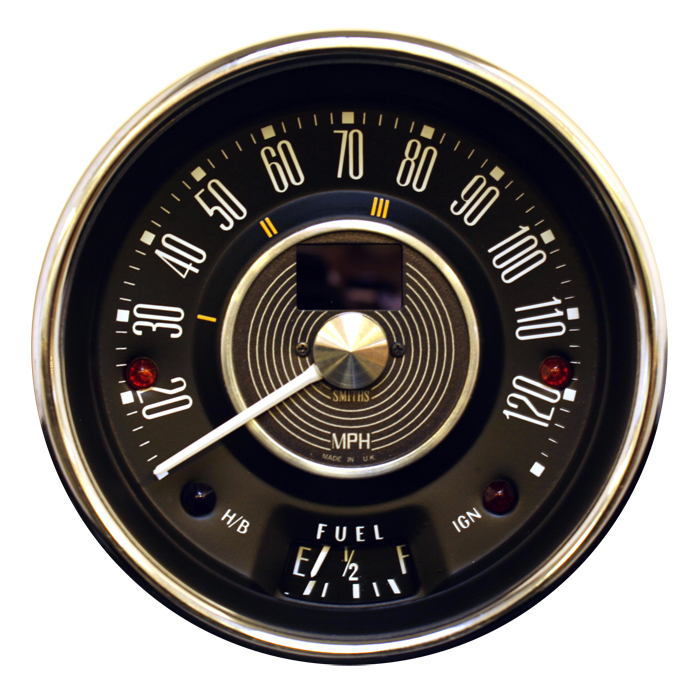

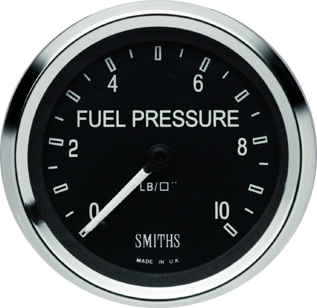
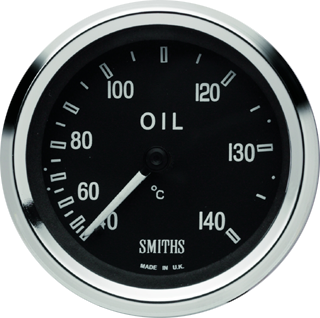
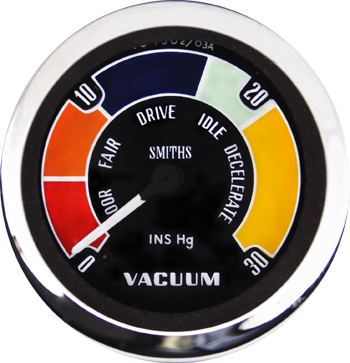
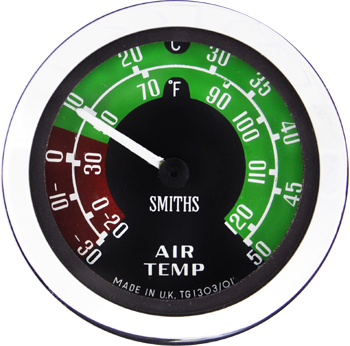
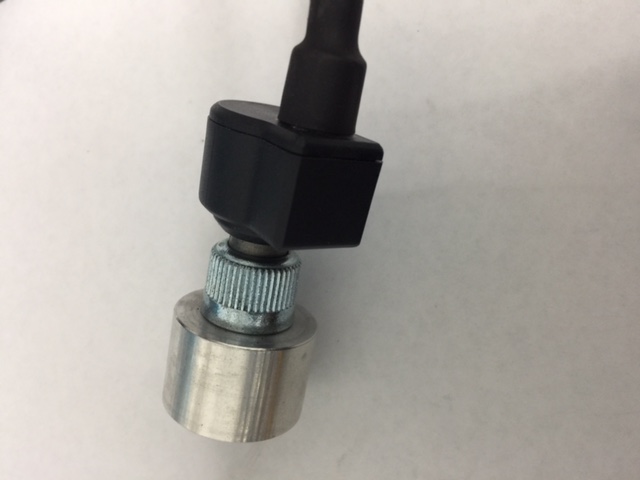
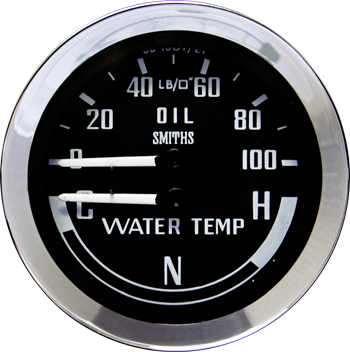

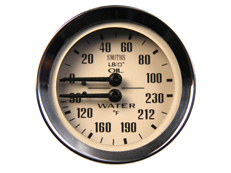
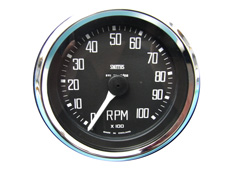
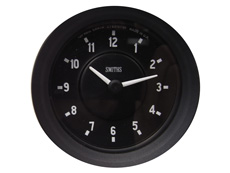
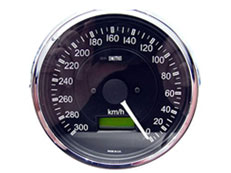

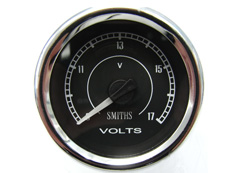



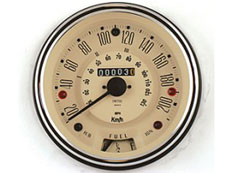
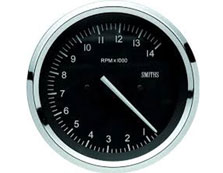
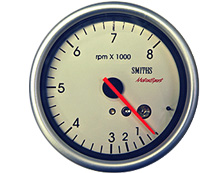
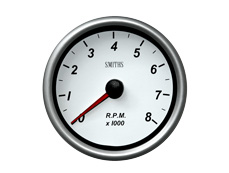
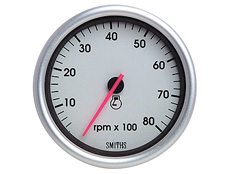
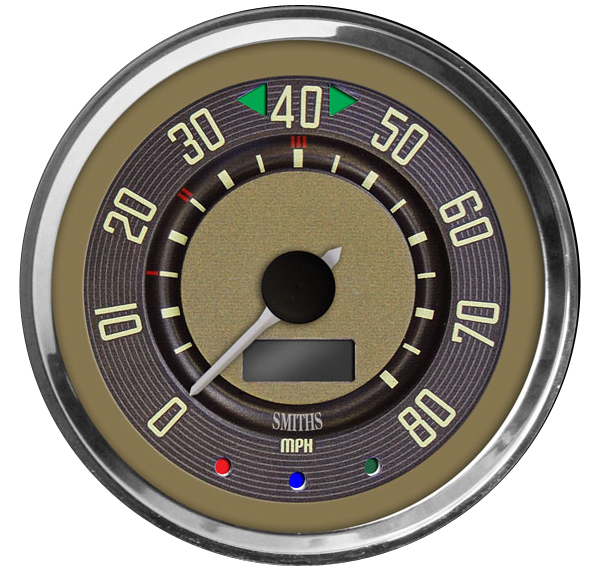
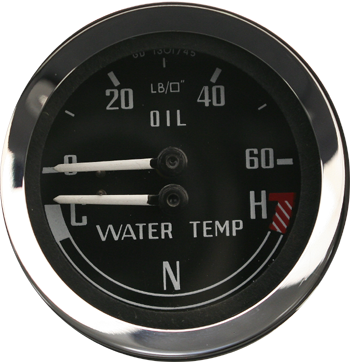
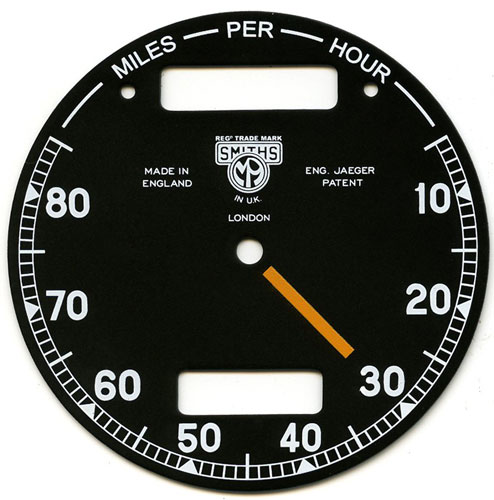

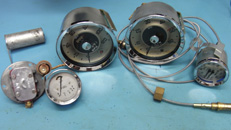
.jpg)
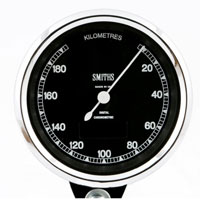
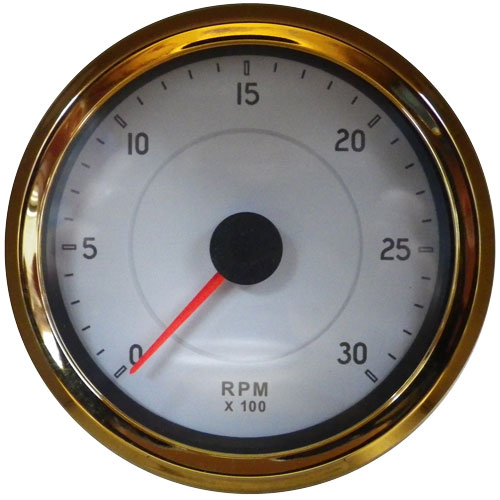
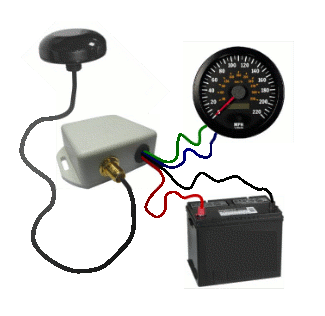
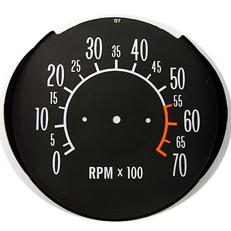
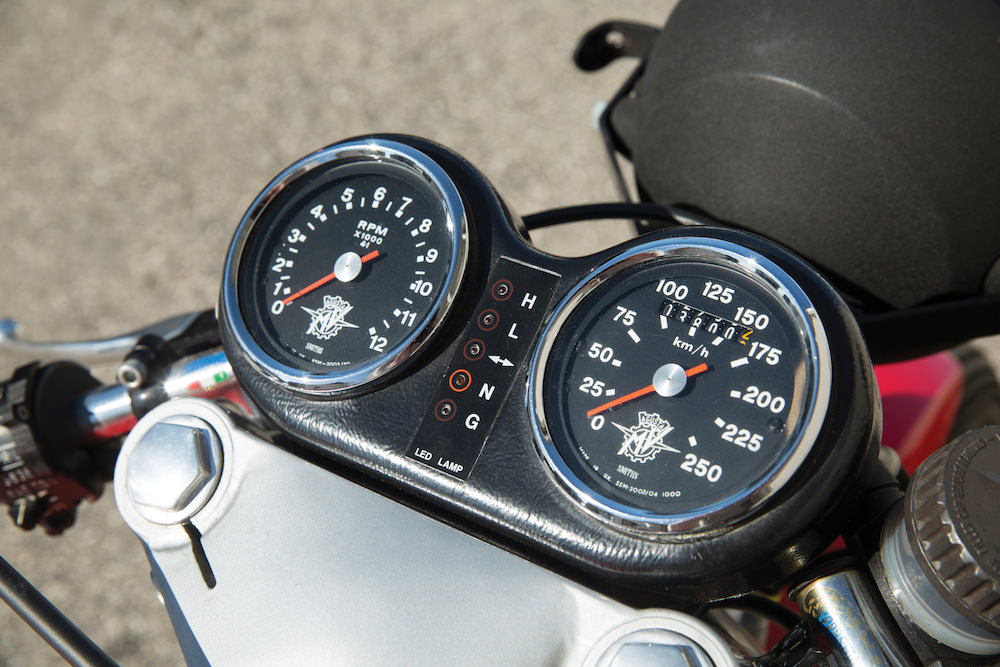
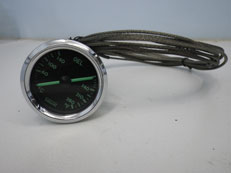
.jpg)